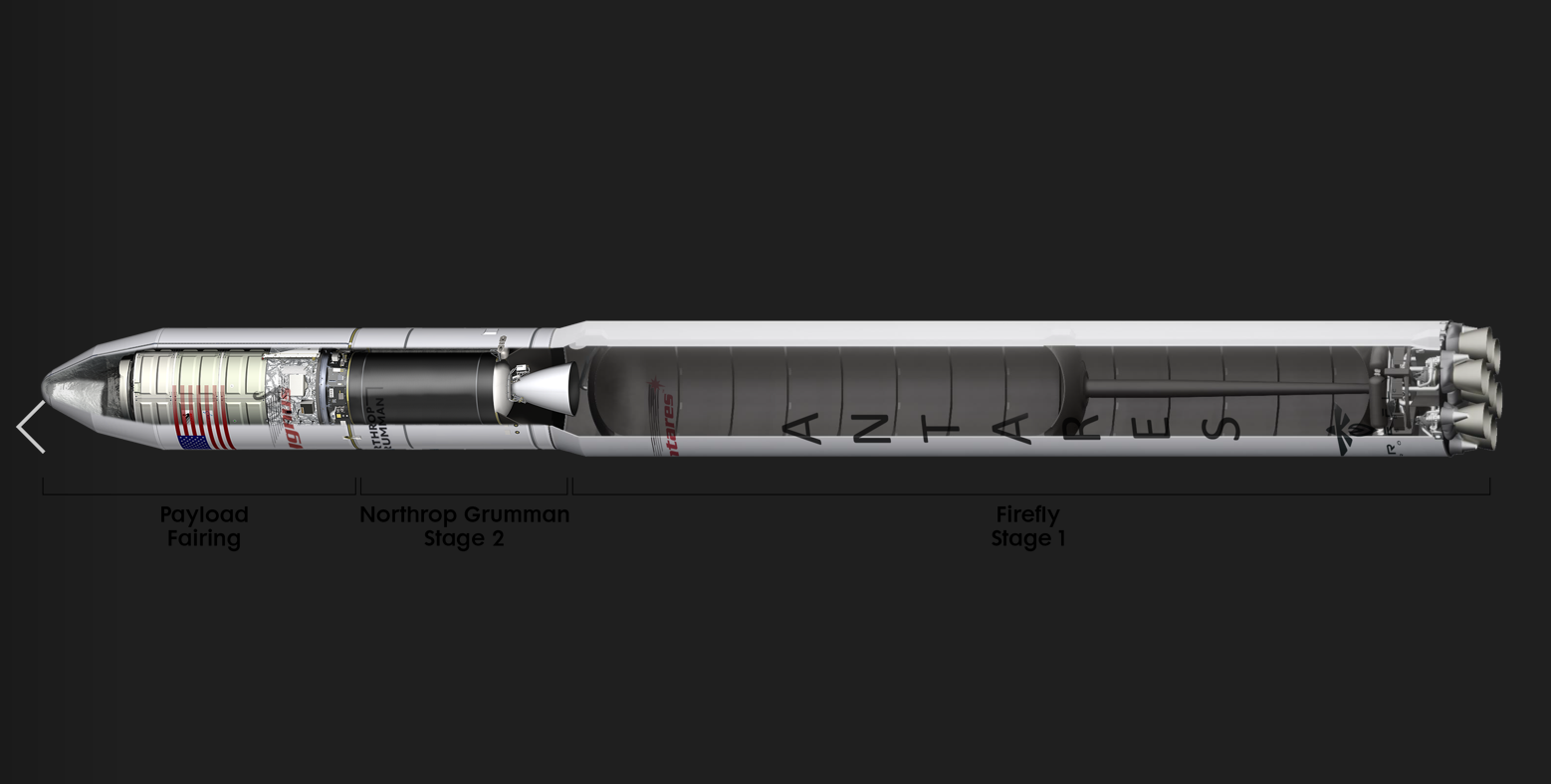
Credit: Northrop Grumman
CAPE CANAVERAL—Northrop Grumman will partner with startup Firefly Aerospace to develop new engines for its Antares launch vehicle and a follow-on new medium-lift booster that not only would be used for NASA resupply runs to the International Space Station (ISS) but also for commercial and potential...
Subscription Required
This content requires a subscription to one of the Aviation Week Intelligence Network (AWIN) bundles.
Schedule a demo today to find out how you can access this content and similar content related to your area of the global aviation industry.
Already an AWIN subscriber? Login
Did you know? Aviation Week has won top honors multiple times in the Jesse H. Neal National Business Journalism Awards, the business-to-business media equivalent of the Pulitzer Prizes.
